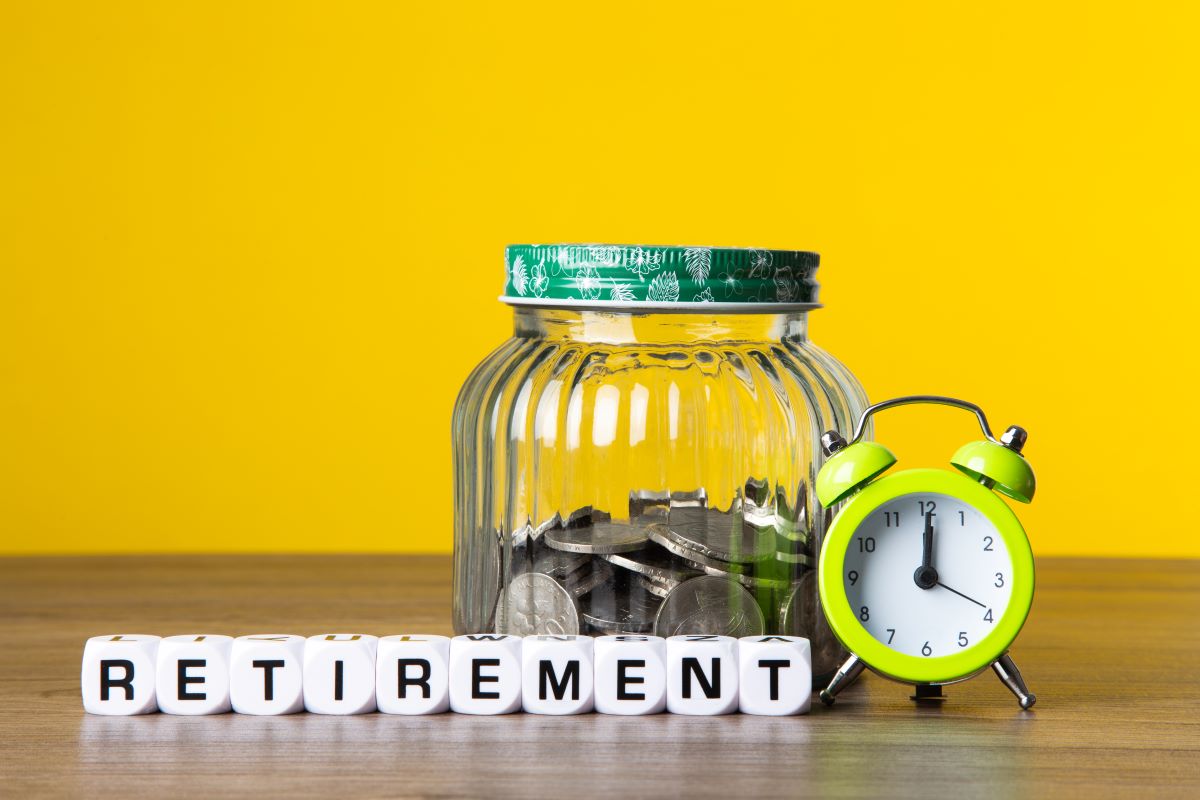You have an asset that has increased in value and you are feeling pretty proud of your great investment result. But before you start celebrating your windfall it is best to understand the tax implications. That’s right, the tax man doesn’t just want to tax your income, but also profits from the sale of an asset. Keeping that in mind, if you understand what your obligations are you can ensure that you maximise on your profits and reduce your tax liability as much as possible.
An asset as defined by the Australian Taxation Office (ATO) includes real estate (land or residence), shares which includes those in managed funds, businesses, collectables such as jewellery and personal use assets.
How Is Capital Gains Tax Calculated?
The CGT is triggered by an event. We normally think of this as when an asset is sold, however, it can also include when it is given away, destroyed or if the owner stops being an Australian resident. The gain is then added to your personal income tax assessment and taxed at your marginal tax rate. Of course, if the gain is large enough it can move you into a higher tax rate.
The capital gain is assessed in the year that it is sold (or the event occurs), and is assessed based on the value when the asset was created or purchased compared to its value now.
Capital Loss
After the gross gain has been determined, you can then take away eligible capital losses. For example if you sold two parcels of shares, one for a profit of $3000 and another for a loss of $1000 then the capital gain that needs to be assessed is only $2000. If you end up with an overall capital loss, this can’t be written off against your income tax, however, you can carry it over for future years and write it off against other capital gains.
This is important, because you may choose to sell something for a profit this year because you have a previous capital loss that you can write this profit off against.
Applying Discounts vs Indexation
For complying super funds and individuals, if the asset has been held for longer than 12 months then a 50% discount applies. (This doesn’t apply to companies). If the asset was purchased prior to September 1999 then you may choose to increase the cost base by an indexation factor so that you aren’t paying the inflation portion of gain. However, it is important to assess this carefully as you can’t claim the 50% discount and the indexation, so you need to choose wisely.
Exceptions & Exemptions
There are a few exceptions, items that don’t incur a capital gain, these include:
- An asset acquired before 20 September 1985
- Cars, motorcycles and similar vehicles
- Compensation received for personal injury
- Sale of your residential home
- A collectable such as antique which you acquired for less than $500
- Business and company shares under certain specific conditions (see you accountant for more information).








Comment